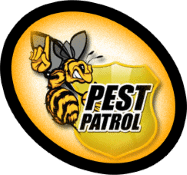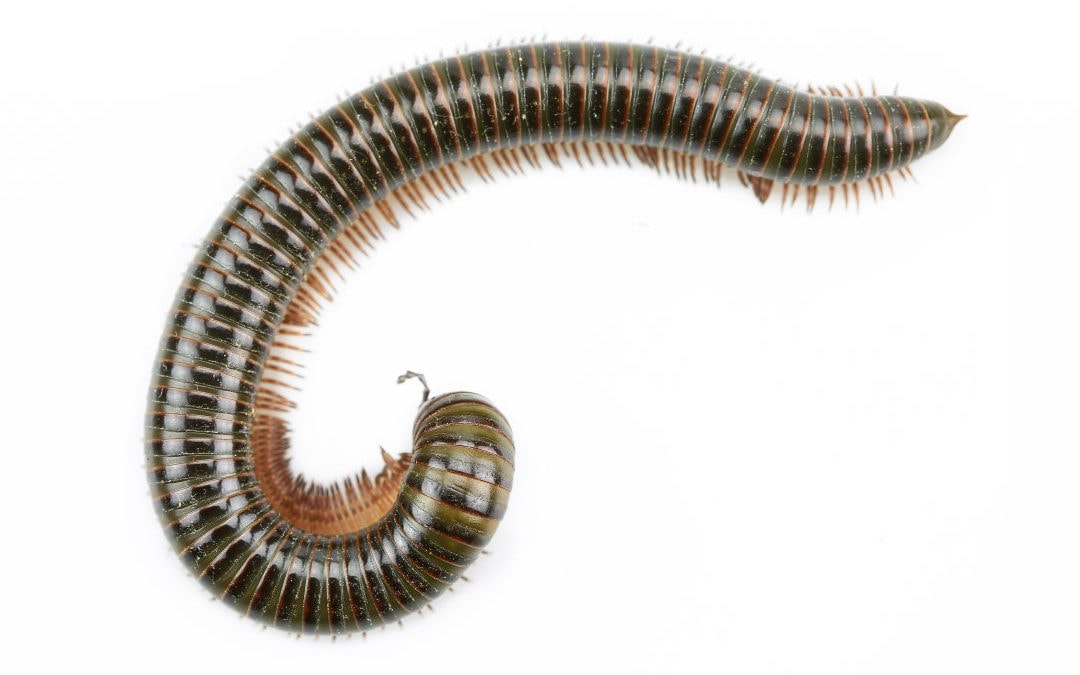There is no shortage of creepy-crawlies that can invade your home. Some, such as termites, can cause extensive damage. Others are less harmful, but that doesn’t mean you want them around! Both millipedes and centipedes are common pests. Here are the signs of an infestation and how to treat it.
What are millipedes and centipedes?
Most bugs we encounter have six legs. Those are insects, which include fleas, termites, ants, cockroaches, and other common pests. If a bug has more than six legs, it is either an arachnid (spider or scorpion) or myriapod (centipede or millipede).
Myriapods enjoy dark, damp conditions, where they typically consume decaying organic matter. Outdoors, they are extremely beneficial to the ecosystem. Indoors, though, they can be quite a pest! Their presence also indicates that your home has too much moisture or dirt, which can cause other problems.
Despite their names, millipedes do not have 1,000 legs and centipedes do not have 100. They do have many more legs than most arthropods we encounter. You can tell them apart because centipedes are generally larger, move quickly, and have long legs. Millipedes are wormlike creatures that are much smaller, are slow-moving, and have very short legs.
Where do they live and what do they eat?
Millipedes primarily eat decomposing materials, but centipedes are predators. They feed on both insects and arachnids. Centipedes are usually venomous, and their bites can be immensely painful.
People with bite or sting allergies, especially children, can go into anaphylactic shock, although such incidents are rare. Millipedes are not harmful to humans, although some people experience mild skin irritation after they come into contact with millipedes.
All myriapods depend on moist environments with an ample food supply. which means they often hide out in your basement. This part of your home tends to have a lot of spiders and other bugs, which centipedes feed on. They often enter through cracks in your foundation, especially during winter as they seek warmth.
How to prevent millipede and centipede infestation
If your home is surrounded by decaying leaves or other organic matter, millipedes and centipedes will find it easy to come indoors. Your first step should be to clear away dirt, brush, mulch, etc. away from the foundation of your house. Myriapods do not thrive in dry conditions, so they will not leave their cozy pile of dirt to cross your threshold.
Next, ensure that your home’s humidity levels are kept low. Areas that tend to stay moist, such as your basement, bathroom, laundry room, and kitchen, are the most likely places where myriapods will seek food. Air out your bathroom after showers, use dehumidifiers in your basement, and keep every room as dry as possible. Declutter your basement, too: they will enjoy multiplying in those hidden, damp hiding places.
Finally, fix any cracks or holes where millipedes or centipedes could enter your home. Check the seals around your windows and doors, and make sure that your basement walls are patched and waterproofed. This not only keeps creepy-crawlies out but also keeps your home dryer and more energy efficient.
How to get rid of centipedes and millipedes
Drying out your home can work wonders: myriapods often die out if they can’t find a moist environment. If you have a mild infestation, you can set out sticky traps in your bathroom, kitchen, etc. Most home and garden stores sell pesticides that you can spray around the foundation of your home. Note that many pesticides are toxic to humans and pets, so be sure you follow directions carefully.
For severe infestations, most store-bought remedies won’t solve the problem. It’s time to call in a professional exterminator, who can also treat your home for other pests. Remember, centipedes are looking for prey, so if you can rid your home of ants, roaches, and silverfish, you will also decrease the centipede population.
Need a pest expert to free your home of centipedes, millipedes, and other creepy-crawlies? Call us! You can rely on Pest Patrol for powerful yet safe remedies for infestations. In just a single visit, we can clear out hundreds of bugs from your home and make sure you rest easy all season.


